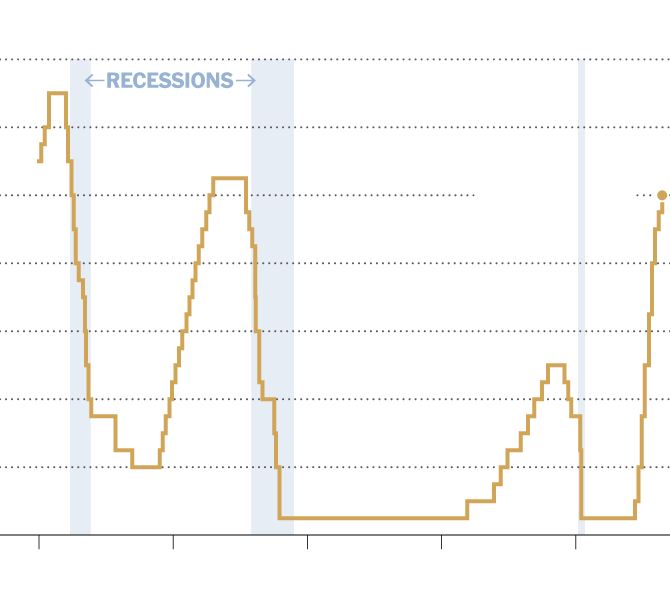The absence of internet connectivity has long been a roadblock for Bitcoin transactions. Whether caused by natural disasters or unreliable infrastructure in certain regions, the lack of internet means that digital payments via cryptocurrencies like Bitcoin are rendered impossible.
A recent research paper, however, offers a potential solution to this predicament through the use of localized "mesh networks."
Researchers from Florida International University specializing in post-disaster technology have developed a way to facilitate Bitcoin payments offline, utilizing the Lightning Network—a faster, more cost-efficient layer atop the Bitcoin blockchain. Dubbed LNMesh, this concept employs localized mesh networks wherein nodes are directly connected through Bluetooth and WiFi, rather than the internet.
Core Concept
The primary insight from the research is that the existing Lightning Network code and protocols don't need modification to enable offline transactions. In the course of their experiments, the researchers set up eight Raspberry Pi computers—each costing less than $100—across their university campus. Instead of connecting them via the internet, they established a local mesh network using WiFi and Bluetooth. The experiment successfully demonstrated that Lightning payments could be executed offline between these nodes.
The paper explains:
"The Lightning Network protocol allows such offline payments to settle since the payments are off-chain and not recorded to the Bitcoin blockchain. Thus, as long as nodes can communicate with each other through wireless technologies such as WiFi or Bluetooth, they can perform offline LN payments."
Asychronous Transactions
Wireless computer researcher Ahmet Kurt highlighted the significance of this breakthrough, citing the 2017 hurricane in Florida, which led to massive power outages and prevented digital transactions. According to the study, this approach can achieve a success rate of up to 95% on large mobile wireless mesh networks, conditional on Lightning channels having sufficient liquidity.
Future Nodes
While this development represents a leap forward in making digital currencies more resilient, it is not without challenges. For LNMesh to function effectively, there needs to be a method for coordinating the opening of channels among users. The research discusses using "mobility patterns" to decide optimal channel setups, a process that could be automated in the future.
The LNMesh model varies from existing asynchronous payment methods, which allow an online node to send payments to an offline node. LNMesh goes a step further, demonstrating that payments are possible even when all nodes are offline, thus potentially revolutionizing the accessibility of digital currencies.
Although further refinement is needed, the researchers have open-sourced their code, inviting others to test and improve upon their findings. The advent of LNMesh could mark a pivotal moment in the global adoption of Bitcoin, making it a more robust and universally accessible financial system.
Disclaimer: This article is provided for informational purposes only. It is not offered or intended to be used as legal, tax, investment, financial, or other advice.





